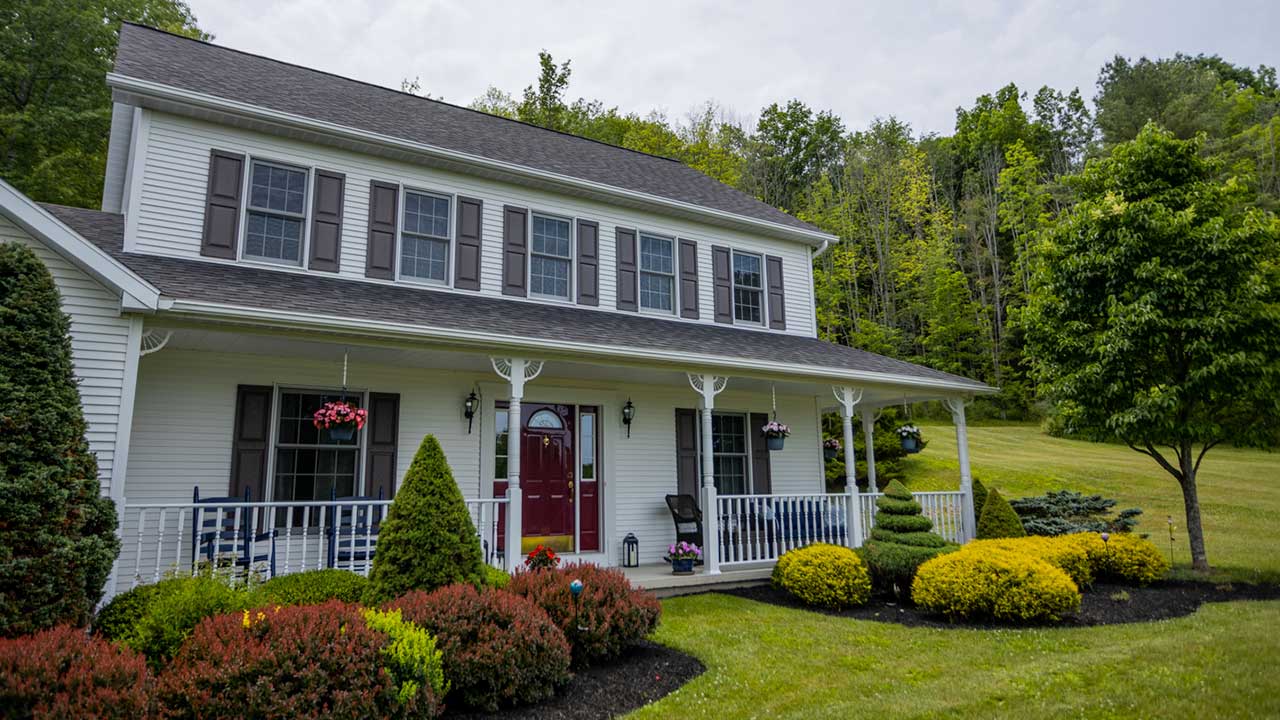Channels

Rotary

Rotary Conference

Laurel Health Centers

Penn Oak Realty

Movin Together

Bank On It

Dunhams Corner

By The Door

Questioning Life

Karschners Insurance

Ag Happenings

Back to Basics

Hornet Happenings

Live From The Hive

Momday Monday

Pennsylvania Politics

The Briefing

Weekly Highlights

Wellsboro Chamber
Herpetology 101
No matter how far you drive into the Pennsylvania wilds, it seems like you can’t escape the noise. Even now that the chorus of northern spring peepers (Pseudacris crucifer) has abated, we in Tioga County are still discovering all number of green frogs (Lithobates clamitans), American toads (Anaxyrus americanus), eastern gray tree frogs (Hyla versicolor), bullfrogs (Lithobates catesbeianus), pickerel frogs (Lithobates palustris), and wood frogs (Lithobates sylvaticus)–all of which are noisemakers in their adult forms! Moreover, the soggy weather we’ve experienced is creating all sorts of extra egg-laying habitat for many amphibians. The cacophony we hear is actually integral part of reproduction for these creatures. Females typically evaluate a male of their species as a mate based on the strength and frequency of his call. Thankfully, their aquatic offspring are silent until maturity.


These amphibians, or “herps” as they’re sometimes dubbed by the herpetologists who study them, serve a number of ecological functions. Consequently, they are important to humans–especially us gardening types. Mature frogs and toads are carnivorous, their diet limited only by what will fit into their mouths. Tasty morsels include garden pests like snails and slugs, but for larger frogs, also vertebrates such as small snakes and even baby birds. They also do an excellent job of reducing the population of disease-carrying insects, like mosquitoes. Furthermore, these amphibians serve as bioindicators–that is, because they’re fairly sensitive to pollution and disease, scientists can study the frog population and have a good idea of the overall health of the system to which they belong.


Given their significance, it bears asking, how can we attract these useful organisms? Most of us are familiar with finding tadpoles in variety of aquatic systems, including temporary pools and puddles. But not just any bit of water will do; frogs and toads seek out lentic water–that is, still freshwater as opposed to fast flowing (lotic) water. The pool needs to be fairly shallow, with gently sloping sides so that tiny, newly-metamorphosed frogs or toads can get out of the water. And since amphibians have highly permeable skin, if you have such a pond and want to keep your local amphibians healthy, it’s important to avoid using chemicals (such as those for regulating algae growth). Similarly, pesticides meant for your lawn can also become toxic runoff after significant rain, damaging pond life.

Yet, all of this hardly scratches the surface of the fascinating lives of amphibians! To learn more about our friendly neighborhood herps, visit PA Herp Identification or if you’re seeking more information on how to create an environmentally friendly pond, check out Cornell’s Cooperative Extension website.

Credits:
Produced by Vogt Media






































